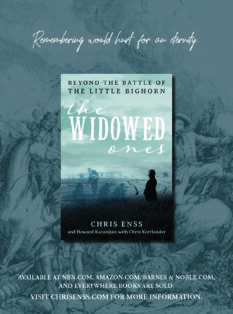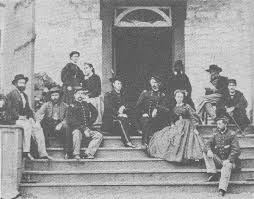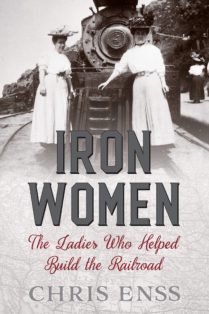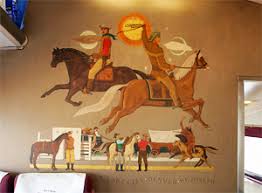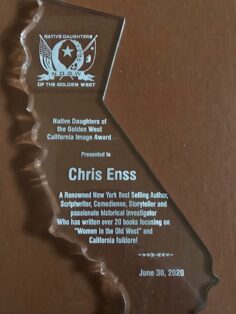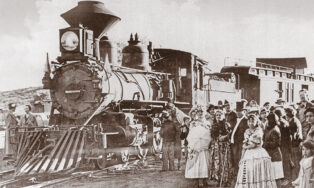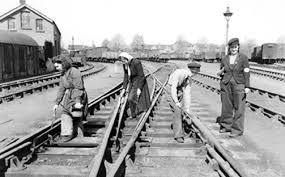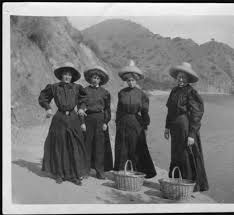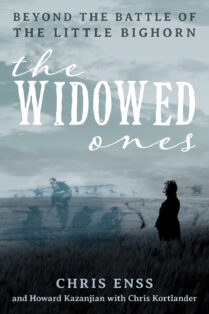
The Battle of Little Bighorn or the Battle of Greasy Grass, the climax of the Great Sioux War of 1876, is remembered for the resounding, bloody defeat of U.S. forces (led by Lt. General George Armstrong Custer) by Lakota Sioux, Northern Cheyenne, and Arapaho warriors. Enss and co-author Howard Kazanjian (who together wrote None Wounded, None Missing, All Dead: The Story Of Elizabeth Bacon Custer), and their collaborator Chris Kortlander (founder of Montana’s Custer Battlefield Museum) examine this well-studied battle (part of the U.S. theft of Plains Indian lands in the Black Hills of present-day South Dakota) through the lens of Gen. Custer’s widow Elizabeth Custer and six other widows of Custer’s U.S. 7th Cavalry officers, focusing on how the widows processed their grief and attempted to rebuild their lives.
Drawing on never-before-seen archival material from the Elizabeth Custer Library and Museum in Garryowen, MT, (particularly correspondence among the seven widows, and between the widows and U.S. politicians, military leaders, and soldiers), Enss and Kazanjian recount how it fell to Elizabeth Custer to break the news of the massacre to the officers’ wives. In the years following, she kept in contact with many of them while answering reams of correspondence and defending her husband’s honor and conduct during the battle. Enss and Kazanjian write that some of the widows struggled with debilitating grief and were unable to process their husband’s fates, while others set out to secure government jobs to supplement meager U.S. army pensions.
VERDICT: Readers interested in 19th-century, women’s and military history will be drawn into this thoroughly humane and sympathetic treatment of U.S. army widows.

